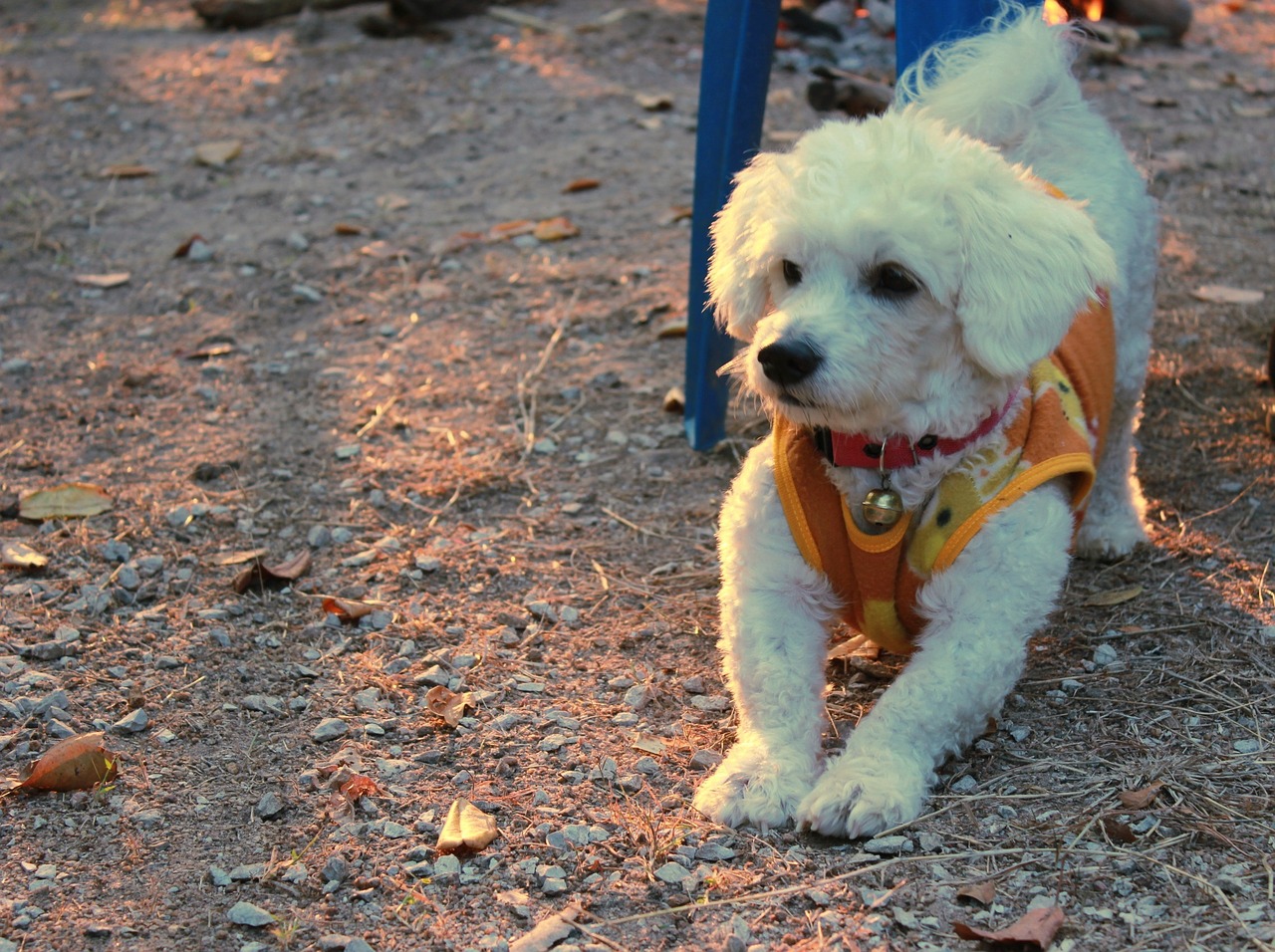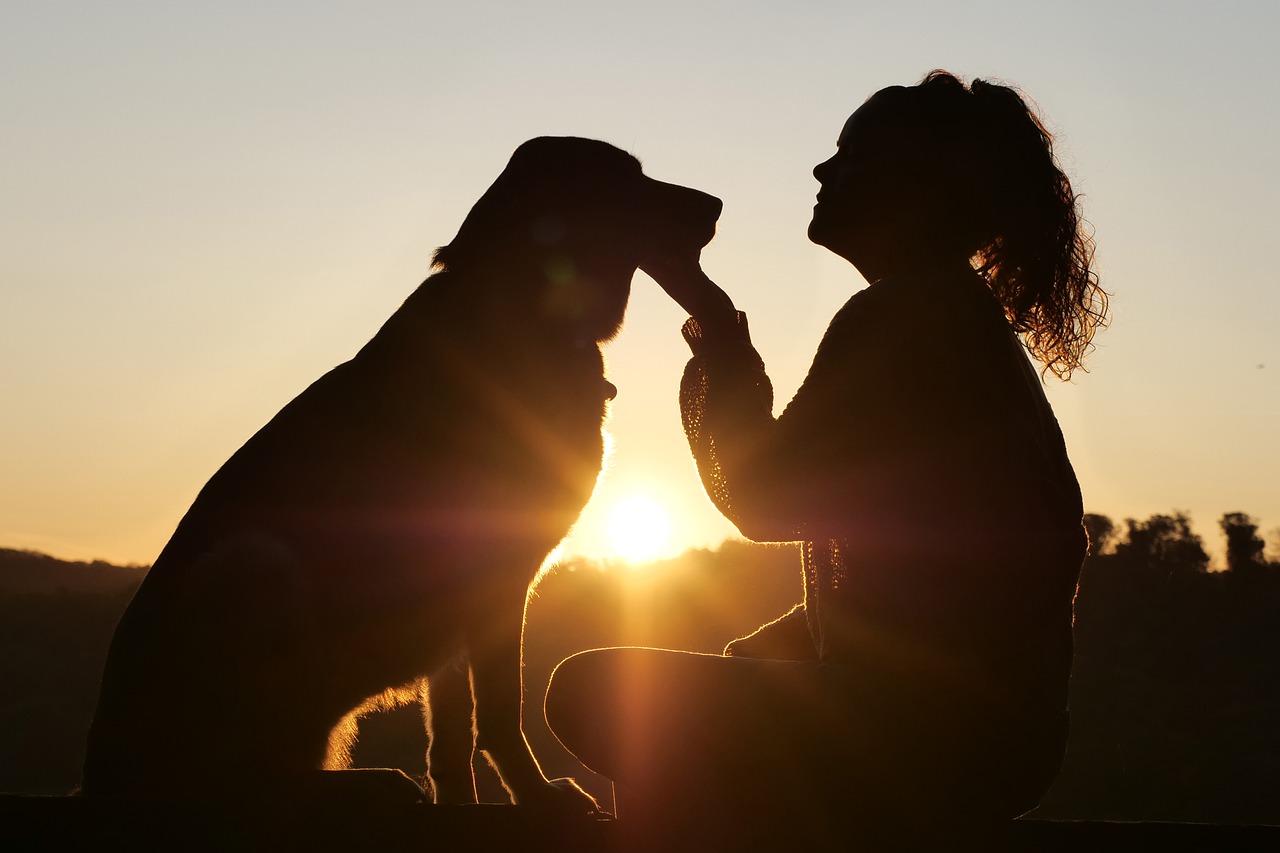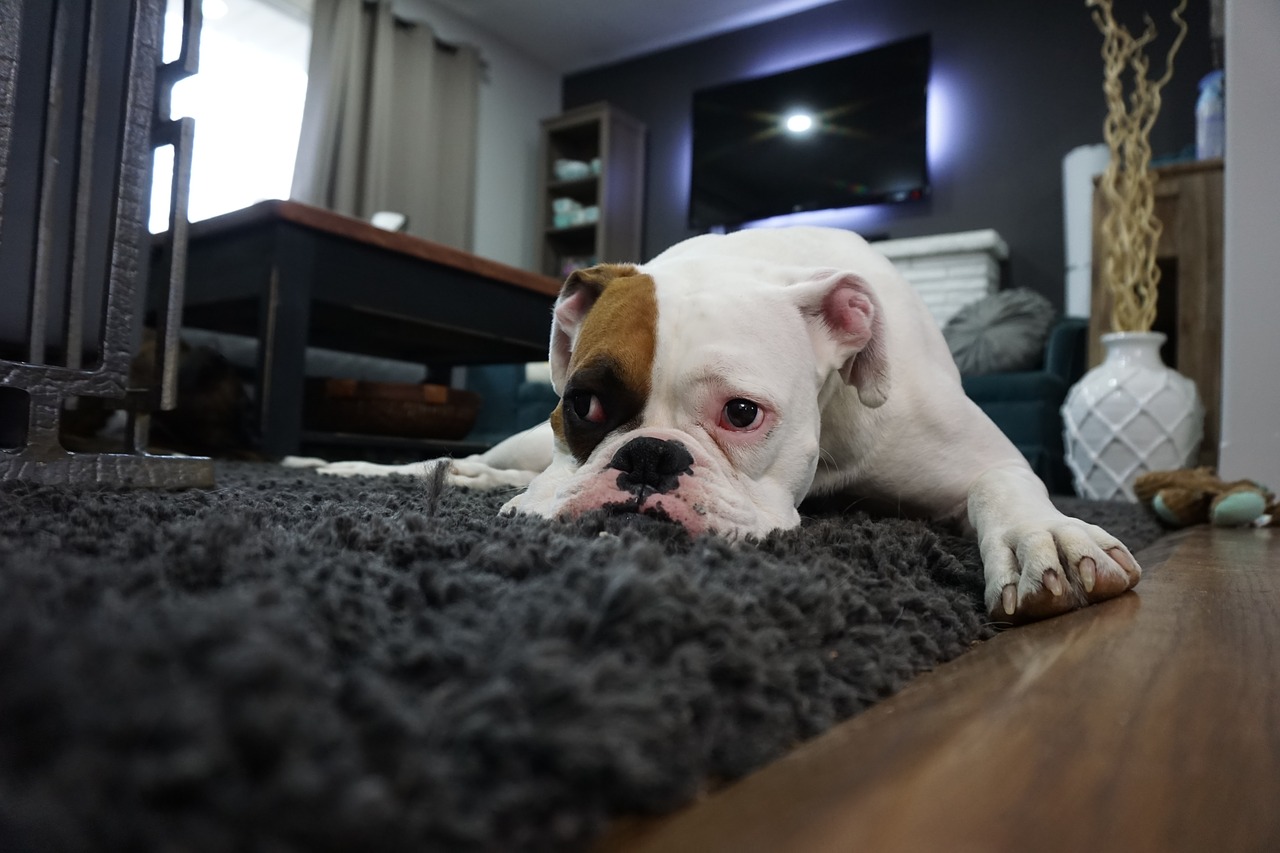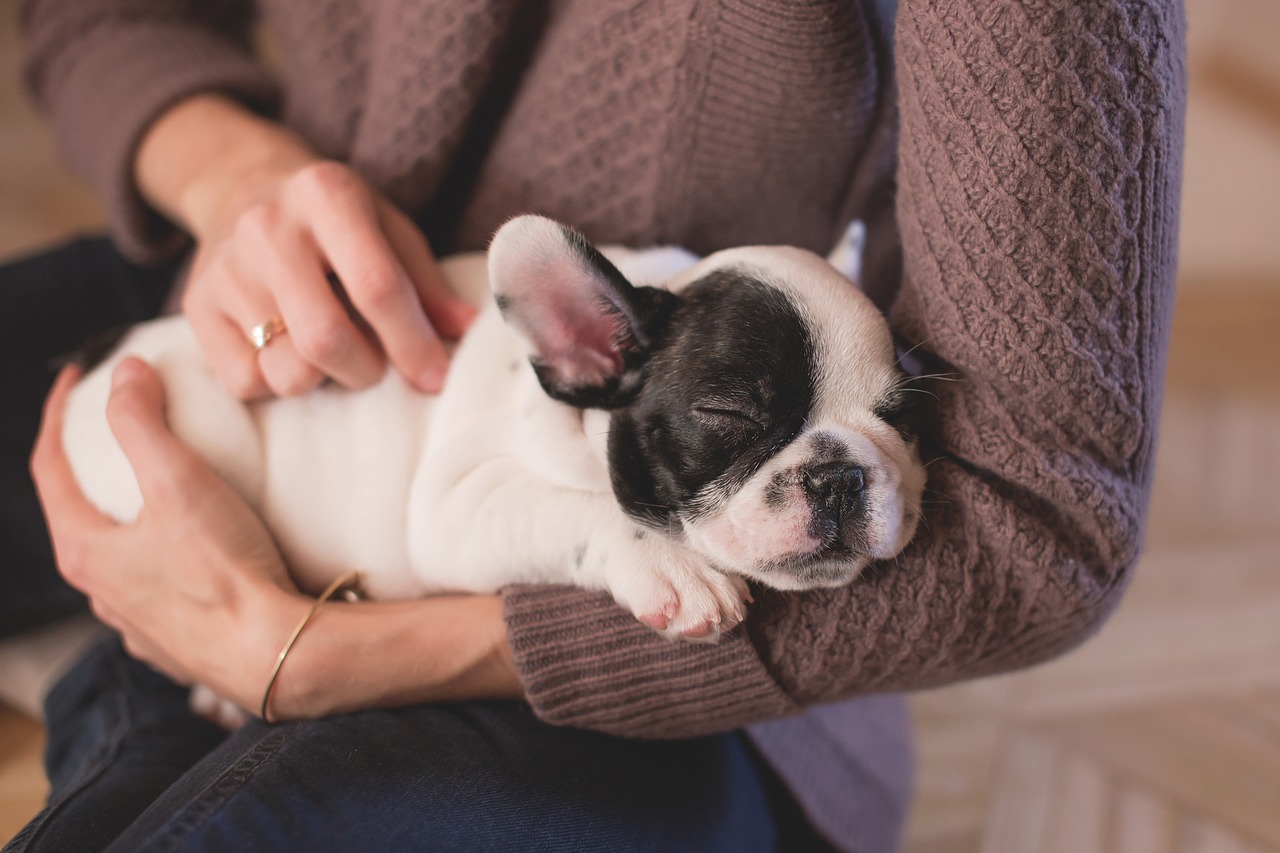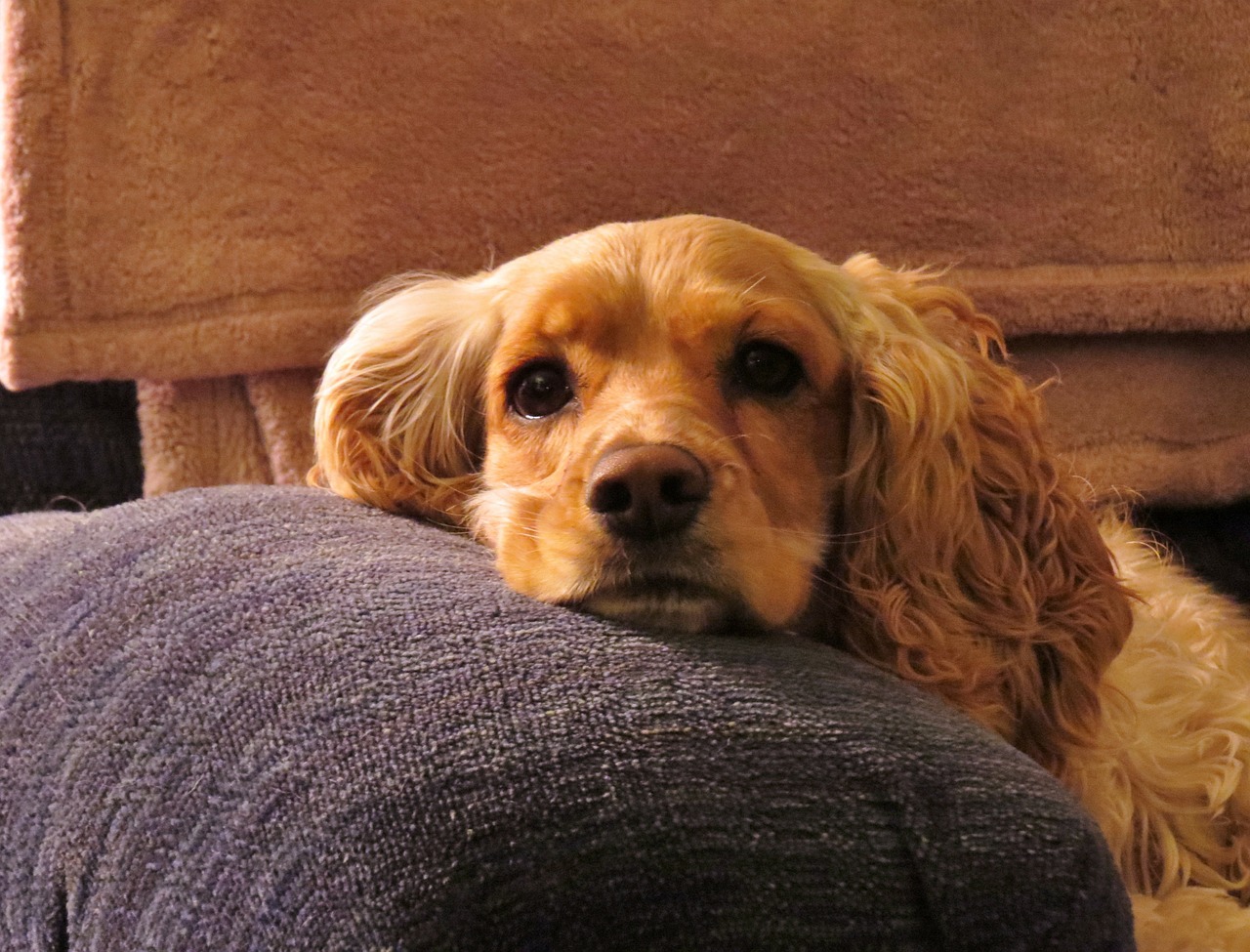With an estimated half of US dogs being mixed breeds, dog owners are becoming more interested in DNA testing to find out what breeds are in their mutt. While it’s fun for them to guess what kind of mixed breed dog they have, some go beyond curiosity and seek answers to behavior problems and health issues through breed identification.
Mars Veterinary’s Wisdom Panel MX is a DNA test to help dog owners determine what breeds make up their mongrel. The test consists of a blood sample drawn at the veterinarian’s office and is designed to detect 157 AKC breeds. According to veterinarian and geneticist Angela Hughes, an independent contractor who helped develop Wisdom Panel, the test has a 90% accuracy rate.
Happy Dog DNA is an online reseller of the BioPet Vet Lab DNA Breed Identification Test. The test sample can be obtained at home using a cheek swab and then mailed off for results. It detects 62 breeds. The Canine Heritage XL also uses a cheek swab and identifies 100 breeds.
Advantages of Canine DNA Tests
Some breeds have tendencies toward specific health conditions. When issues such as epilepsy or Cushings Disease become a bit tricky to diagnose, knowing what breeds make up the dog can be helpful to the veterinarian.
Each breed is characterized by its own behavioral traits. When training or trying to solve behavior problems, knowing what breed characteristics influence the dog can be beneficial in designing a training program.
Rescues may find it helpful to be able to give potential adopters an idea of how big their puppy may get and what kind of behavior they may expect. According to their website, the Mars company says they recognize the value to shelters and offer them discounts.
Disadvantages of Canine DNA Tests
While DNA testing can be helpful, it also has some drawbacks.
Contamination of the sample is a possibility which can cause inaccurate results. Dr. Hughes explains that blood samples yield more quality DNA and have less opportunity for contamination than cheek swabs.
Margin of error allows for a small amount of inaccurate results that, in some cases, due to breed specific rules, could force some dog owners to wrongly buy additional insurance or to wrongly get rid of the dog.
Percentage of breed present is a factor in identifying what breeds make up a dog. Dr. Hughes explains that, in the Wisdom Panel MX, at least 12.5% of a breed must be present to be identifiable. In one instance, an owner’s dog appeared to be part American Eskimo, but was obviously not purebred. In an effort to identify other breeds in the dog, a Wisdom Panel MX was used. Results came back stating that the dog’s ancestry contained a significant amount of American Eskimo with faint signals from other breeds which were not strong enough to identify.
Dog DNA testing is constantly evolving and improving. Wisdom Panel MX claims on its website to be the most accurate mixed breed dog DNA analysis presently available. Perhaps one day, DNA tests will be foolproof and even be able to determine if a dog has a specific mutation for a disease or how big a puppy will be when fully grown.

